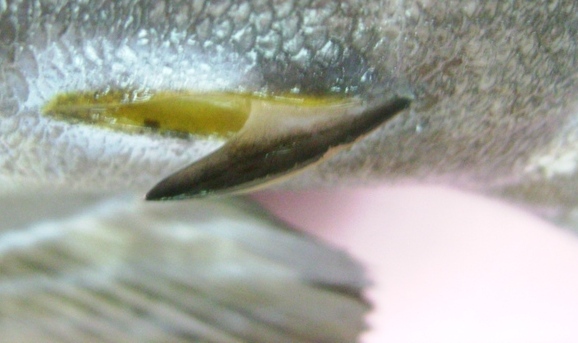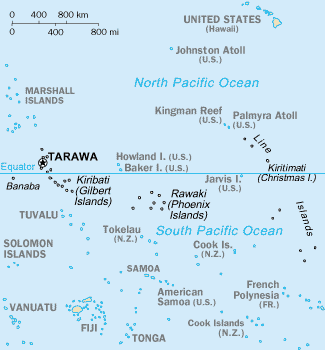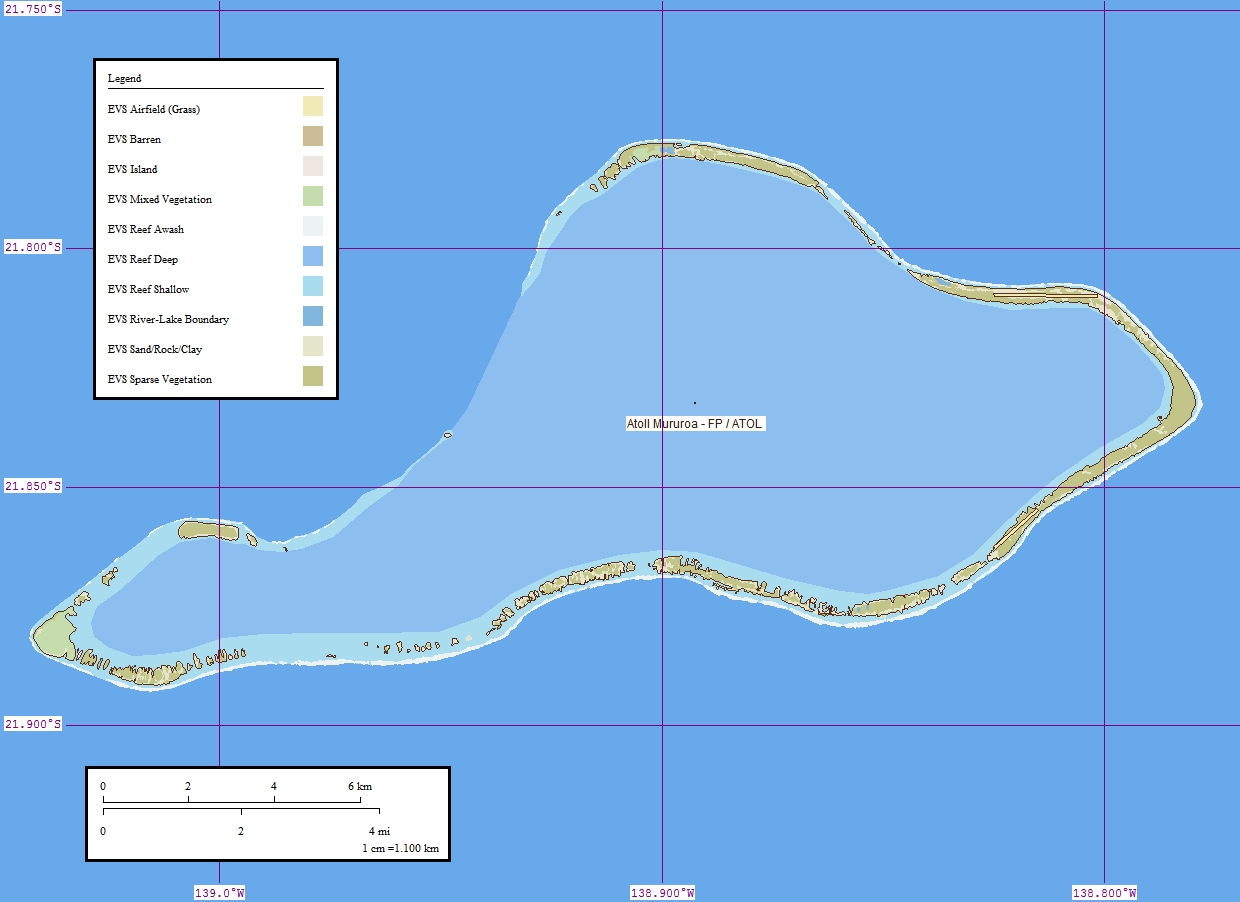|
Zebrasoma Rostratum
''Zebrasoma rostratum'', the longnose surgeonfish or black tang, is a marine reef tang in the fish family '' Acanthuridae''. They may live at water depths of or more. The fish grow to a maximum length of . Zebrasoma rostratum is found in the South Pacific off the coasts of the Society Islands, Marquesas Islands The Marquesas Islands (; french: Îles Marquises or ' or '; Marquesan: ' ( North Marquesan) and ' ( South Marquesan), both meaning "the land of men") are a group of volcanic islands in French Polynesia, an overseas collectivity of France in ..., Line Islands, Tuamoto Islands to the Pitcairn Islands. References * External links Black Tang(Zebrasoma rostratum) Acanthuridae Fish described in 1875 Taxa named by Albert Günther {{Acanthuridae-stub ... [...More Info...] [...Related Items...] OR: [Wikipedia] [Google] [Baidu] |
Albert Günther
Albert Karl Ludwig Gotthilf Günther FRS, also Albert Charles Lewis Gotthilf Günther (3 October 1830 – 1 February 1914), was a German-born British zoologist, ichthyologist, and herpetologist. Günther is ranked the second-most productive reptile taxonomist (after George Albert Boulenger) with more than 340 reptile species described. Early life and career Günther was born in Esslingen in Swabia (Württemberg). His father was a ''Stiftungs-Commissar'' in Esslingen and his mother was Eleonora Nagel. He initially schooled at the Stuttgart Gymnasium. His family wished him to train for the ministry of the Lutheran Church for which he moved to the University of Tübingen. A brother shifted from theology to medicine, and he, too, turned to science and medicine at Tübingen in 1852. His first work was "''Ueber den Puppenzustand eines Distoma''". He graduated in medicine with an M.D. from Tübingen in 1858, the same year in which he published a handbook of zoology for students of ... [...More Info...] [...Related Items...] OR: [Wikipedia] [Google] [Baidu] |
Marine (ocean)
The ocean (also the sea or the world ocean) is the body of salt water that covers approximately 70.8% of the surface of Earth and contains 97% of Earth's water. An ocean can also refer to any of the large bodies of water into which the world ocean is conventionally divided."Ocean." ''Merriam-Webster.com Dictionary'', Merriam-Webster, |
Reef
A reef is a ridge or shoal of rock, coral or similar relatively stable material, lying beneath the surface of a natural body of water. Many reefs result from natural, abiotic processes— deposition of sand, wave erosion planing down rock outcrops, etc.—but there are also reefs such as the coral reefs of tropical waters formed by biotic processes dominated by corals and coralline algae, and artificial reefs such as shipwrecks and other anthropogenic underwater structures may occur intentionally or as the result of an accident, and sometimes have a designed role in enhancing the physical complexity of featureless sand bottoms, to attract a more diverse assemblage of organisms. Reefs are often quite near to the surface, but not all definitions require this. Earth's largest coral reef system is the Great Barrier Reef in Australia, at a length of over . Biotic There is a variety of biotic reef types, including oyster reefs and sponge reefs, but the most massive and widely ... [...More Info...] [...Related Items...] OR: [Wikipedia] [Google] [Baidu] |
Tang (fish)
Acanthuridae are the family of surgeonfishes, tangs, and unicornfishes. The family includes about 86 extant species of marine fish living in tropical seas, usually around coral reefs. Many of the species are brightly colored and popular in aquaria. Morphology The distinctive characteristic of the family is that they have scalpel-like modified scales, one or more on either side of the peduncle of the tail. The spines are dangerously sharp and may seriously injure anyone who carelessly handles such a fish. The dorsal, anal, and caudal fins are large, extending for most of the length of the body. The mouths are small and have a single row of teeth adapted to grazing on algae. Surgeonfishes sometimes feed as solitary individuals, but they often travel and feed in schools. Feeding in schools may be a mechanism for overwhelming the highly aggressive defense responses of small territorial damselfishes that vigorously guard small patches of algae on coral reefs. Most species are ... [...More Info...] [...Related Items...] OR: [Wikipedia] [Google] [Baidu] |
Fish
Fish are aquatic, craniate, gill-bearing animals that lack limbs with digits. Included in this definition are the living hagfish, lampreys, and cartilaginous and bony fish as well as various extinct related groups. Approximately 95% of living fish species are ray-finned fish, belonging to the class Actinopterygii, with around 99% of those being teleosts. The earliest organisms that can be classified as fish were soft-bodied chordates that first appeared during the Cambrian period. Although they lacked a true spine, they possessed notochords which allowed them to be more agile than their invertebrate counterparts. Fish would continue to evolve through the Paleozoic era, diversifying into a wide variety of forms. Many fish of the Paleozoic developed external armor that protected them from predators. The first fish with jaws appeared in the Silurian period, after which many (such as sharks) became formidable marine predators rather than just the prey of arthropods. Mos ... [...More Info...] [...Related Items...] OR: [Wikipedia] [Google] [Baidu] |
Family (biology)
Family ( la, familia, plural ') is one of the eight major hierarchical taxonomic ranks in Linnaean taxonomy. It is classified between order and genus. A family may be divided into subfamilies, which are intermediate ranks between the ranks of family and genus. The official family names are Latin in origin; however, popular names are often used: for example, walnut trees and hickory trees belong to the family Juglandaceae, but that family is commonly referred to as the "walnut family". What belongs to a family—or if a described family should be recognized at all—are proposed and determined by practicing taxonomists. There are no hard rules for describing or recognizing a family, but in plants, they can be characterized on the basis of both vegetative and reproductive features of plant species. Taxonomists often take different positions about descriptions, and there may be no broad consensus across the scientific community for some time. The publishing of new data and opini ... [...More Info...] [...Related Items...] OR: [Wikipedia] [Google] [Baidu] |
Acanthuridae
Acanthuridae are the family of surgeonfishes, tangs, and unicornfishes. The family includes about 86 extant species of marine fish living in tropical seas, usually around coral reefs. Many of the species are brightly colored and popular in aquaria. Morphology The distinctive characteristic of the family is that they have scalpel-like modified scales, one or more on either side of the peduncle of the tail. The spines are dangerously sharp and may seriously injure anyone who carelessly handles such a fish. The dorsal, anal, and caudal fins are large, extending for most of the length of the body. The mouths are small and have a single row of teeth adapted to grazing on algae. Surgeonfishes sometimes feed as solitary individuals, but they often travel and feed in schools. Feeding in schools may be a mechanism for overwhelming the highly aggressive defense responses of small territorial damselfishes that vigorously guard small patches of algae on coral reefs. Most species are ... [...More Info...] [...Related Items...] OR: [Wikipedia] [Google] [Baidu] |
Society Islands
The Society Islands (french: Îles de la Société, officially ''Archipel de la Société;'' ty, Tōtaiete mā) are an archipelago located in the South Pacific Ocean. Politically, they are part of French Polynesia, an overseas country of the French Republic. Geographically, they form part of Polynesia. The archipelago is believed to have been named by Captain James Cook during his first voyage in 1769, supposedly in honour of the Royal Society, the sponsor of the first British scientific survey of the islands; however, Cook wrote in his journal that he called the islands ''Society'' "as they lay contiguous to one another." History Dating colonization The first Polynesians are understood to have arrived on these islands around 1000AD. Oral history origin The islanders explain their origins in term of a orally transmitted story. The feathered god Ta'aroa lay in his shell. He called out but no-one answered, so he went back into his shell, where he stayed for aeons. When he ... [...More Info...] [...Related Items...] OR: [Wikipedia] [Google] [Baidu] |
Marquesas Islands
The Marquesas Islands (; french: Îles Marquises or ' or '; Marquesan: ' ( North Marquesan) and ' ( South Marquesan), both meaning "the land of men") are a group of volcanic islands in French Polynesia, an overseas collectivity of France in the southern Pacific Ocean. Their highest point is the peak of Mount Oave (french: Mont Oave, links=no) on Ua Pou island, at 1,230 m (4,035 ft) above sea level. Archaeological research suggests the islands were colonized in the 10th century AD by voyagers from West Polynesia. Over the centuries that followed, the islands have maintained a "remarkably uniform culture, biology and language". The Marquesas were named after the 16th century Spanish Viceroy of Peru, the Marquis of Cañete ( es, Marqués de Cañete, italic=unset) by navigator , who visited them in 1595. The Marquesas Islands constitute one of the five administrative divisions (') of French Polynesia. The capital of the Marquesas Islands' administrative subdivision is t ... [...More Info...] [...Related Items...] OR: [Wikipedia] [Google] [Baidu] |
Line Islands
The Line Islands, Teraina Islands or Equatorial Islands (in Gilbertese, ''Aono Raina'') are a chain of 11 atolls (with partly or fully enclosed lagoons) and coral islands (with a surrounding reef) in the central Pacific Ocean, south of the Hawaiian Islands. The island chain stretches northwest to southeast across , making it one of the longest island chains in the world. It lies at the geographic center of the Pacific Ocean (), near Starbuck Island. One of the atolls in the group, Kiritimati, has the largest land area of any atoll in the world. Of the 11 atolls, all of which were formed by volcanic activity, only the Kiritimati and Tabuaeran atolls and Teraina island have a permanent population (one of the reefs, Filippo Reef, is shown on some maps, but its existence is doubted). Eight of the atolls are parts of Kiribati. The remaining three—Jarvis Island, Kingman Reef (which is largely submerged), and Palmyra Atoll—are territories of the United States grouped with the United ... [...More Info...] [...Related Items...] OR: [Wikipedia] [Google] [Baidu] |
Moruroa
Moruroa (Mururoa, Mururura), also historically known as Aopuni, is an atoll which forms part of the Tuamotu Archipelago in French Polynesia in the southern Pacific Ocean. It is located about southeast of Tahiti. Administratively Moruroa Atoll is part of the commune of Tureia, which includes the atolls of Tureia, Fangataufa, Tematangi and Vanavana. France undertook nuclear weapon tests between 1966 and 1996 at Moruroa and Fangataufa, causing international protests, notably in 1974 and 1995. The number of tests performed on Moruroa has been variously reported as 175 and 181. History Ancient Polynesians knew Mururoa Atoll by the ancestral name of Hiti-Tautau-Mai. The first recorded European to visit this atoll was Commander Philip Carteret on HMS ''Swallow'' in 1767, just a few days after he had discovered Pitcairn Island. Carteret named Mururoa "Bishop of Osnaburgh Island". In 1792, the British whaler was wrecked here, and it became known as Matilda's Rocks. Frederick William Be ... [...More Info...] [...Related Items...] OR: [Wikipedia] [Google] [Baidu] |
Pitcairn Islands
The Pitcairn Islands (; Pitkern: '), officially the Pitcairn, Henderson, Ducie and Oeno Islands, is a group of four volcanic islands in the southern Pacific Ocean that form the sole British Overseas Territory in the Pacific Ocean. The four islands—Pitcairn, Henderson, Ducie and Oeno—are scattered across several hundred miles of ocean and have a combined land area of about . Henderson Island accounts for 86% of the land area, but only Pitcairn Island is inhabited. The islands nearest to the Pitcairn Islands are Mangareva (of French Polynesia) at 688 km to the west and Easter Island at 1,929 km to the east. The Pitcairn Islanders are a biracial ethnic group descended mostly from nine ''Bounty'' mutineers and a handful of Tahitian consorts—as is still apparent from the surnames of many of the islanders. The mutiny and its aftermath have been the subject of many books and films. As of January 2020, the territory had only 47 permanent inhabitants. History Polynesi ... [...More Info...] [...Related Items...] OR: [Wikipedia] [Google] [Baidu] |







